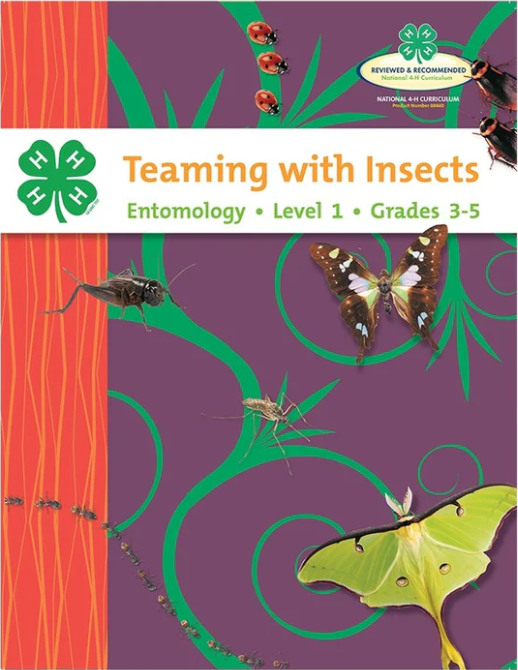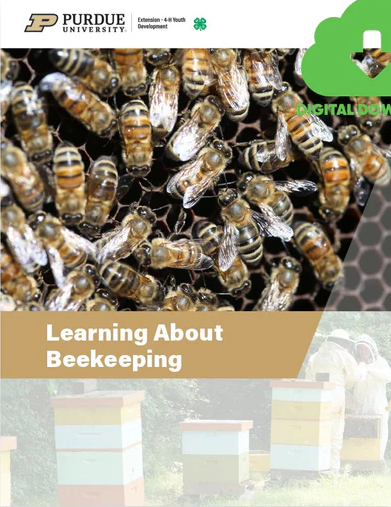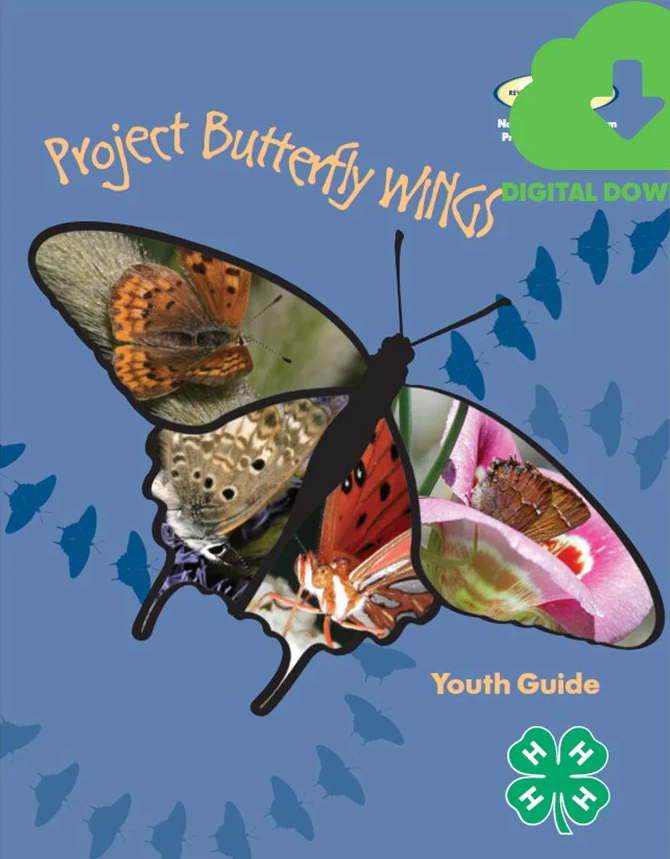Home » 4-H Opportunities » Projects » Outdoor Education (Natural Sciences) » Entomology (Insects)
Entomology (Insects)

What is it All About?
Insects (including bees) are everywhere! Learn about different types of insects, the largest group of animals on earth, and why they are essential in our natural world. This project is your chance to collect, study, and display insects you find and learn about forensic entomology.
Grow in Your Project
Beginner
- Learn to identify insect parts and various shapes, sizes, and colors of insects
- Match an insect’s shape to what it does and explore its adaptations
- Collect various insects using different traps
- Learn about invasive insect species and the reasons they survive
- Explore how understanding insects’ life cycles can help humans
Intermediate
- Make insect collection tools such as an aerial net, hand lens, collecting jar, and relaxing jar
- Attract and collect insects, then study the diversity of the specimens collected
- Use integrated pest management practices in the home
- Explore forensic entomology principles to properly identify an insect
Advanced
- Conduct research to study entomology
- Use the scientific method to record and keep accurate records to use in reporting or sharing what you learn
- Explore transect sampling to study and monitor the environmental health of a habitat
- Solve crimes by using forensic entomology principles and skills
Member Resources *

Teaming with Insects Curriculum
3 levels (grades 3-12)

Beekeeping Curriculum Series
3 levels (grades 3-12)
— Free downloads —

Project Butterfly WINGS:
Youth Guide
1 level (all grades)
Free Downloads
- Going Buggy… with Insects Activity Series (5 activities, grades 2-5)
- Entomology Project Sheet
Project Leader Resources

Teaming with Insects:
Facilitator Guide
3 levels (grades 3-12)

Beekeeping:
Facilitator Guide
3 levels (grades 3-12)
— Free downloads —

Project Butterfly WINGS:
Facilitator Guide
1 level (all grades)
Take Your Project Further!
- Start raising an insect as a pet or for a hobby. Observe the insect’s behaviors in a variety of settings
- Find and study an ant colony over time
- Study the life cycle of an insect. A great place to start would be a caterpillar, watch it turn into a cocoon, and then a butterfly or moth
- Take a hike and see how many different types of insects you can find
- Learn about different types of insecticides. Even learn how to make your own bug repellent
- Become a beekeeper and harvest your own honey
- Take a field trip to your local co-op or seed dealer to learn about common insects in your area
- Visit a lawn care company to learn how they control pests
- Research careers related to entomology
Applying Project Skills to Life
Enhance Your Communication Skills
- Do a presentation on Integrated Pest Management (IPM) to help solve an insect related problem
- Do a presentation on insects at your local County Fair or at a 4-H Exhibit
Get Involved in Citizenship and Service
- Create a community flower garden to attract beneficial insects
- Take your insect collection to an elementary school or nursing home and show it to others
- Make an insect craft with your club members and donate them to a local hospital or nursing home to use as tray favors
- Work with a beekeeper or raise your own bees to provide honey to a local food pantry or family in need
Learn about Leadership
- Host a club bug collecting contest to help member learn about insects in your area
- Host a Cloverbud meeting about insects
- Develop and implement a biological control program for an invasive species
Showing What You’ve Learned
- A collection of insects that are mounted and labeled
- A display of insect body parts
- Create a pitfall insect trap
- Make a model of an insect’s eye
- Display on types of insect control in the home
- Insect trap
- Poster on insect metamorphosis
- Display of insect leg parts
- Poster on understanding insect pesticide labels
- Plans for a butterfly garden
- Display of various types of insect mouths
- Display of various types of insect wings
- A pinning kit
Adapted with permission from Wyoming State 4-H, Project Information Sheet, Entomology. Retrieved from: https://www.uwyo.edu/4-h/projects/natural-resource-education/entomology.html.
*Resources available at your local Extension office or shop4-H.org.
This page is optimized for printing




